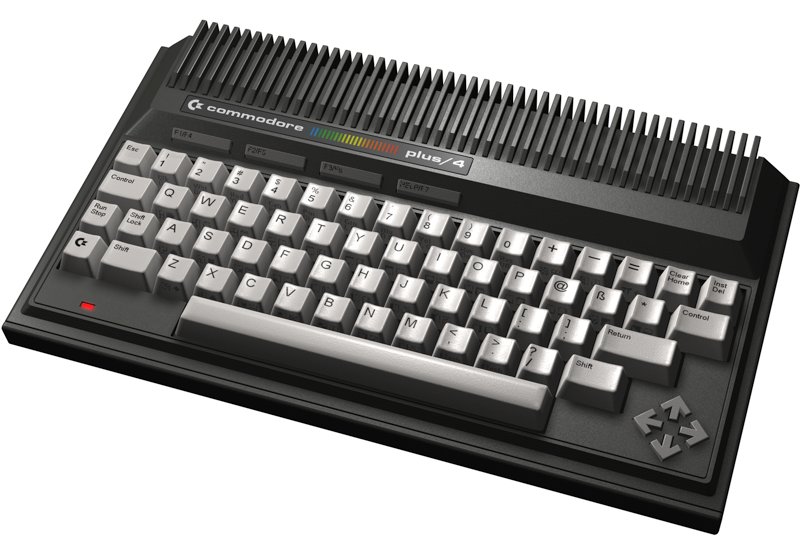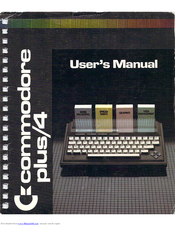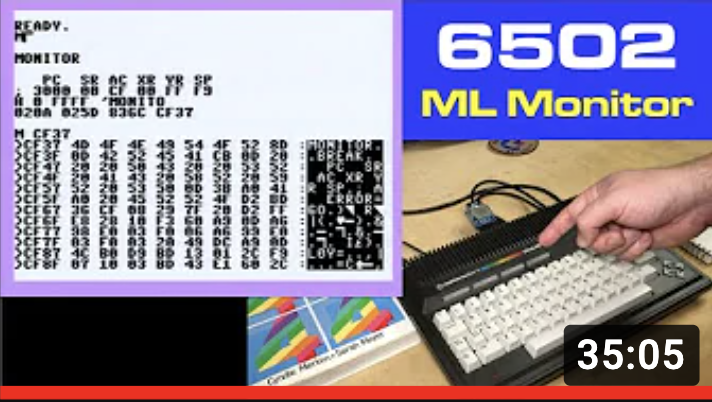Evolution of design: The Commodore plus/4 and its charcoal case
In 1984, with Commodore 64 sales still strong, Jack Tramiel steered Commodore to produce and release a series of low(er) cost, reduced-chip-count computers in modern looking cases. Bundled with ROM based images featuring “four” applications, the plus/4 was born.

The TED series of computers featured a near double speed* CPU, did away with the VIC-II and 6581 SID chips in favor of the new MOS 7360 TED IC, and introduced a more powerful version of BASIC (v3.5), finally bringing graphic and sound commands to the hands of the everyday computer hobbyist.
*based on the Commodore 64s effective clock speed of sub 1 MHz.
Two sister versions of the architecture were also released; the lower cost Commodore 16, and the lower-lower-still cost Commodore 116 which was aimed squarely at Jack’s perceived arch-rival, Sir Clive Marles Sinclair. (Perhaps Jack was jealous of Clive’s Knighthood (1983). We will never know for sure!)
Ultimately, Jack lost his touch and control of the company, and was eventually booted. Read more in this excellent commodore.ca article.
What you see in front of you is a standard plus/4. Futuristic and a departure from the bread-bin… ‘check’. Bizarre cursor key arrangement… ‘double-check’.
Commodore made so many compromises in order to squeeze into this smaller footprint that they had to compress the by-then ubiquitous DB9 Atari-style joystick ports into non-standard 8-pin mini-DIN, and the datasette (which had been part of the Commodore lineage since the original PET) to a 7-pin mini-DIN.
On the positive side, they finally solved the snails-pace 1540/1541 serial disk with the addition of the cartridge based 1551 drive but the offering as a whole brought more problems than benefits. Oddly, the C16 was a smash hit in many parts of Europe and a pile of cassette-based games popped up.

Our ‘library’ contains an original Commodore plus/4 User’s Manual
See chapter 7 (pg. 83) – Using Graphics and Color to see how far BASIC 3.5 had come since the step-backwards from BASIC 4 of the PET to BASIC 2.0 of the Commodore 64.
Also, see the “plus/4 Encyclopedia” section on page 113 which provides a summary of [by-then] unheard of BASIC commands such as renumber, trap, tron.
Finally, TEDMON is discussed on page 184, followed by memory maps and other detailed technical reference.

8-Bit Show and Tell feature
Robin dives deep into TEDMON, giving an ML tutorial along the way. For the uninitiated, Robin’s YouTube channel is the best educational resource for all topics Commodore on the net. He delivers intermediate-to-advanced subject matter expertly and without fanfare.